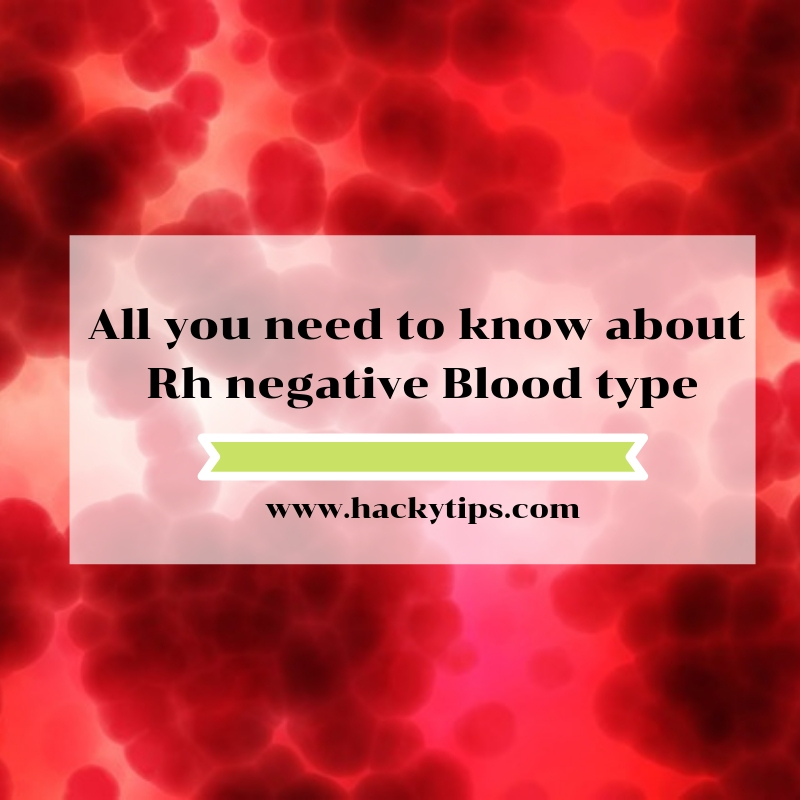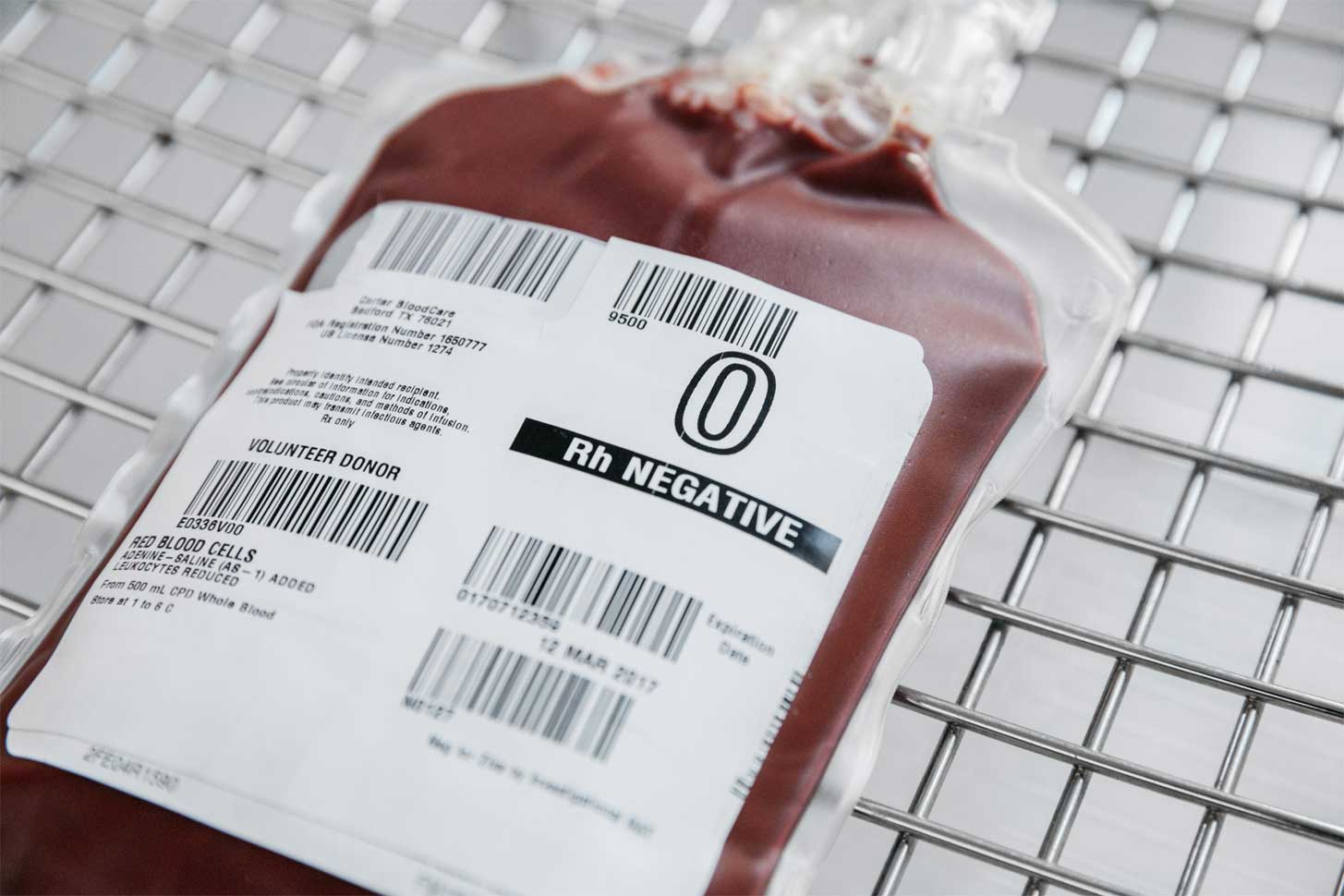

If a person receives blood with different antigens than those in their body, there is a high chance that their body will reject and attack the new blood cells. If you have O-negative blood, your blood is universal. Blood group types are based on proteins called antigens that are. Because of this, it's sometimes called the universal blood donor type. Its often used in medical emergencies when the blood type is not immediately known. For emergency transfusions, blood group type O negative blood is the variety of blood that has the lowest risk of causing serious reactions for most people who receive it. You thrive best on animal protein from meat, poultry and fish. In most cases, O RhD negative blood (O-) can safely be given to anyone. It is therefore vital to receive a matching blood type during transfusion. As someone with type O blood, youre an inherent meat eater, according to DAdamo. Antibodies are produced by white blood cells and target any antigen that is seen as a foreign object.

If you’re an Rh-negative blood type, this means you don’t have an antigen called antigen D on the surface of your red blood cells. Type O positive blood is critical in trauma care. Rh, or Rhesus factor, classifies a blood type into positive or negative categories. About 48 of people (48 in 100) in the U.S. It is called the universal donor type because it is compatible with any blood type. The risk of reaction is much lower in ongoing blood loss situations and O positive is more available than O negative. Your plasma has antibodies that attack both type A and type B blood. Type O-negative blood does not have any antigens. In major traumas with massive blood loss, many hospitals transfuse O positive blood, even when the patient’s blood type is unknown.Blood transfusion A blood transfusion is the transfer of blood or blood components from one person to another.

Learn more about how you can be a Hero for a Baby. According to Australian Red Cross Lifeblood, the percentage of blood group frequency in Australia is: O positive - 40 O negative - 9 A positive - 31 A negative - 7 B positive - 8 B negative - 2 AB positive - 2 AB negative - 1. Almost anyone with any blood type can receive these red blood cells. In addition to these antigens, there’s a protein called the Rh factor, which. There are four main blood types: A, B, O and AB, according to the American Red Cross. O positive donors who are CMV negative are known as Heroes for Babies at the Red Cross because it is the safest blood for transfusions for immune deficient newborns. O negative blood contains no A, B, or RhD antigens. Blood types are determined by the presence or absence of certain substances, called antigens, that can trigger an immune response if they are foreign to the body.That’s another reason it’s in such high demand. Over 80% of the population has a positive blood type and can receive O positive blood.

O positive red blood cells are not universally compatible to all types, but they are compatible to any red blood cells that are positive (A+, B+, O+, AB+).38% of the population has O positive blood, making it the most common blood type.Type O positive blood is given to patients more than any other blood type, which is why it’s considered the most needed blood type.


 0 kommentar(er)
0 kommentar(er)
